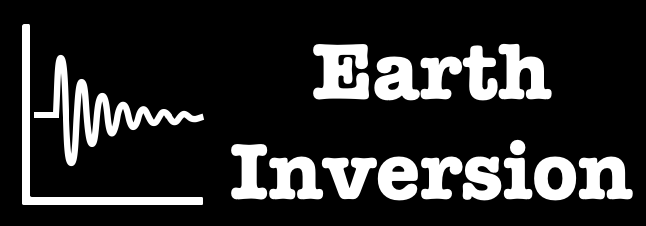When earthquakes hit, they shake structures in all three directions: horizontally along the X and Y axes, and vertically along the Z axis. While horizontal shaking (X and Y) often grabs all the attention, the vertical motion (Z) tends to get sidelined in structural design. But why is that? Let’s break it down into simple, relatable terms.

Gravity Has Your Back
Think about it: buildings are always fighting gravity. Day in and day out, structures hold up their weight—roofs, floors, furniture, and people—thanks to gravity pulling everything down at 9.8 m/s². This means buildings are already designed to be strong in the vertical direction. Columns, beams, and slabs are like seasoned weightlifters—vertical forces don’t scare them because they’re built to carry heavy loads all the time. So when an earthquake adds a little extra vertical motion, the building can usually shrug it off without breaking a sweat.
Stiff as a Brick (Literally)
Buildings are incredibly stiff when it comes to vertical movement. Why? It’s all about the columns. A column’s job is to resist forces along its length, and it does this exceptionally well. In fact, its ability to handle axial loads (think pushing or pulling along the column) is far greater than its flexibility to bend sideways. Imagine trying to squash a sturdy metal rod—it barely moves. Now compare that to how easily you can bend a thin stick. That’s the difference between vertical stiffness and horizontal flexibility. Because of this vertical stiffness, buildings tend to move as a “rigid body” during vertical accelerations, meaning there’s no bouncing or resonance like we often see in horizontal shaking.
Earthquakes Can’t Outrun Gravity
Earthquakes are powerful, but vertical ground motion rarely matches the relentless pull of gravity. Gravity keeps everything pinned down at 9.8 m/s², while vertical earthquake accelerations ($latex a_g $) are usually much smaller. To put it in perspective, gravity is like a heavyweight champion always pressing down on the building, while vertical earthquake shaking is more like a quick jab—it might land, but it won’t knock the building out.
Vertical Shaking is Usually Weaker
Not only is vertical ground motion smaller than gravity, but it’s also weaker than the horizontal shaking. Most seismic codes (like Eurocode 8) suggest that vertical accelerations are about 70% of horizontal ones. So while the building might sway dramatically in the horizontal directions, the vertical motion is more like a small hop. It’s there, but it’s not as impactful.
Built-In Safety Margins
Here’s the cool part: buildings already have a safety cushion for vertical loads. Engineers design structures to handle gravity with extra room for error. For permanent loads, they assume 135% of the weight, and for variable loads (like furniture or people), they factor in up to 150%. When earthquakes come into play, these safety margins give buildings even more breathing room. Even if vertical shaking were as strong as gravity (which is rare), the structure would still have the strength to handle it. Think of it as wearing a belt and suspenders—just in case.
When Should We Pay Attention to Vertical Effects?
While vertical motion is usually a non-issue, it’s not always something we can ignore. Certain parts of a building are more sensitive to vertical vibrations. Take, for example, a long horizontal cantilever—like a balcony or a beam sticking out with a heavy load at its tip. If the ground shakes vertically, it could stress that component significantly. Similarly, lightweight elements like ceilings, false floors, or non-structural decorations might not handle the bouncing motion well.
The level of concern also depends on the seismic code. Eurocode 8 downplays vertical effects, but other standards like ASCE 7 (used in the U.S.) take them more seriously, especially for buildings near earthquake faults. So, engineers need to pay attention to their local codes and the specific structure they’re designing.
Conclusion
Vertical earthquake motion often takes a backseat in structural design because buildings are already well-prepared for it. Between gravity, vertical stiffness, and built-in safety margins, structures have the strength to handle the extra vertical forces caused by earthquakes. That said, vertical effects still matter for certain components and in specific cases—so it’s always wise to give them a closer look when needed.
By understanding how vertical shaking interacts with structures, engineers can strike the perfect balance between safety and efficiency. After all, when it comes to earthquakes, it’s better to know where you can relax—and where you need to pay extra attention.
